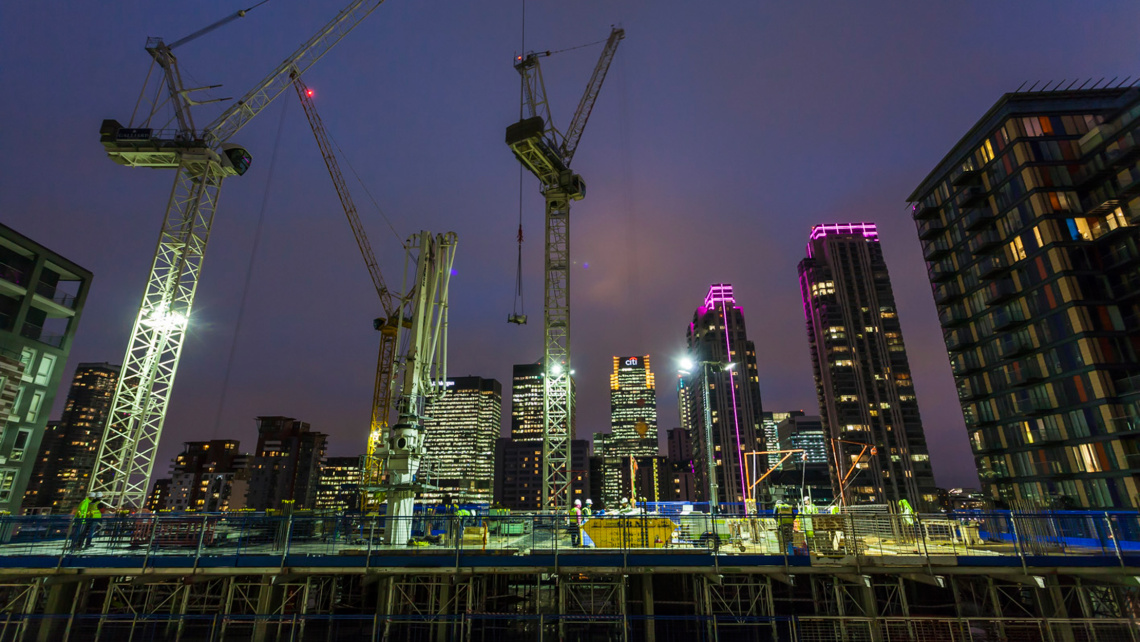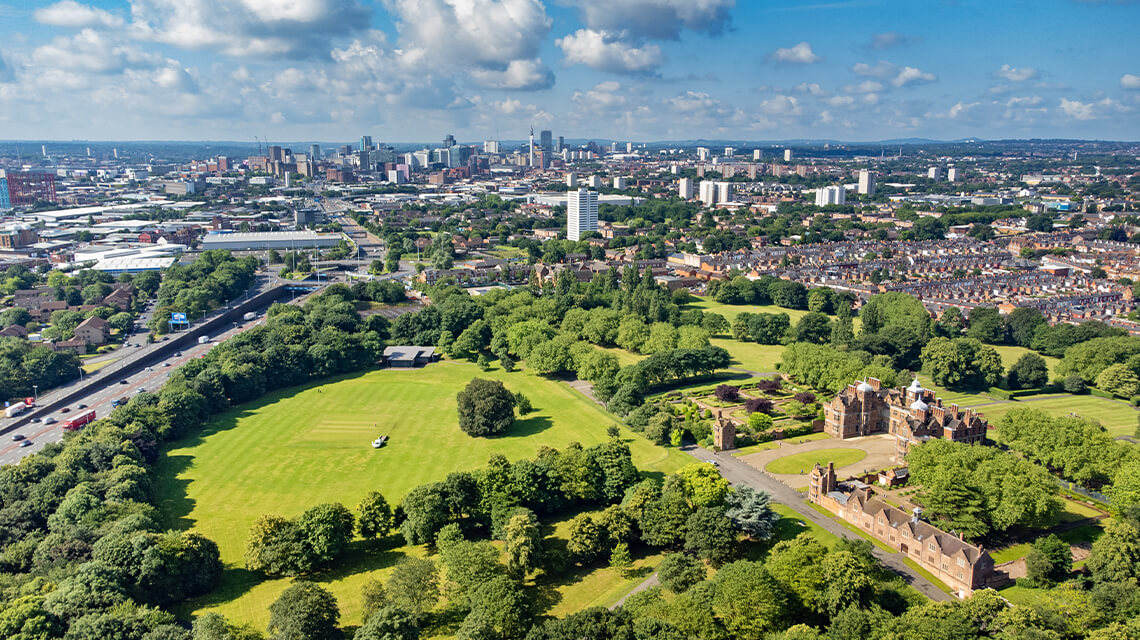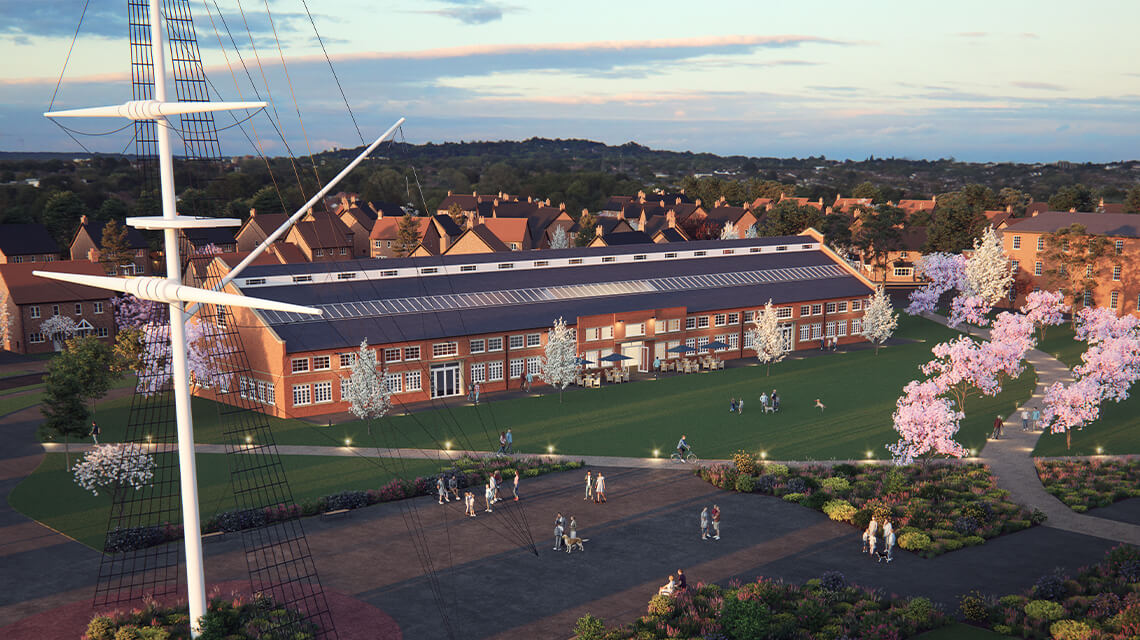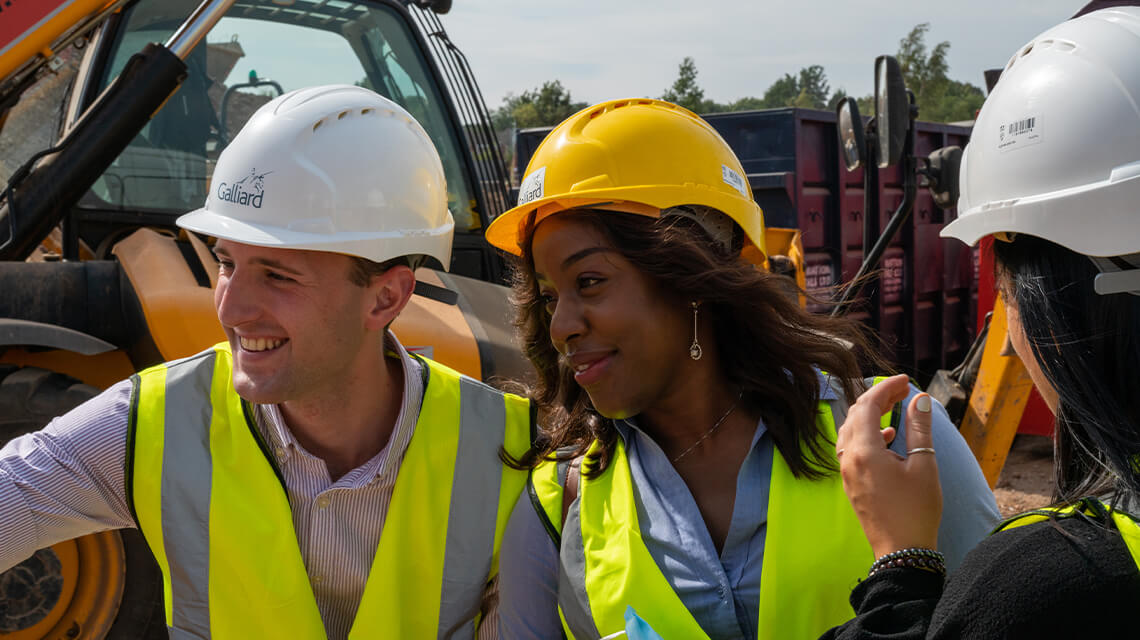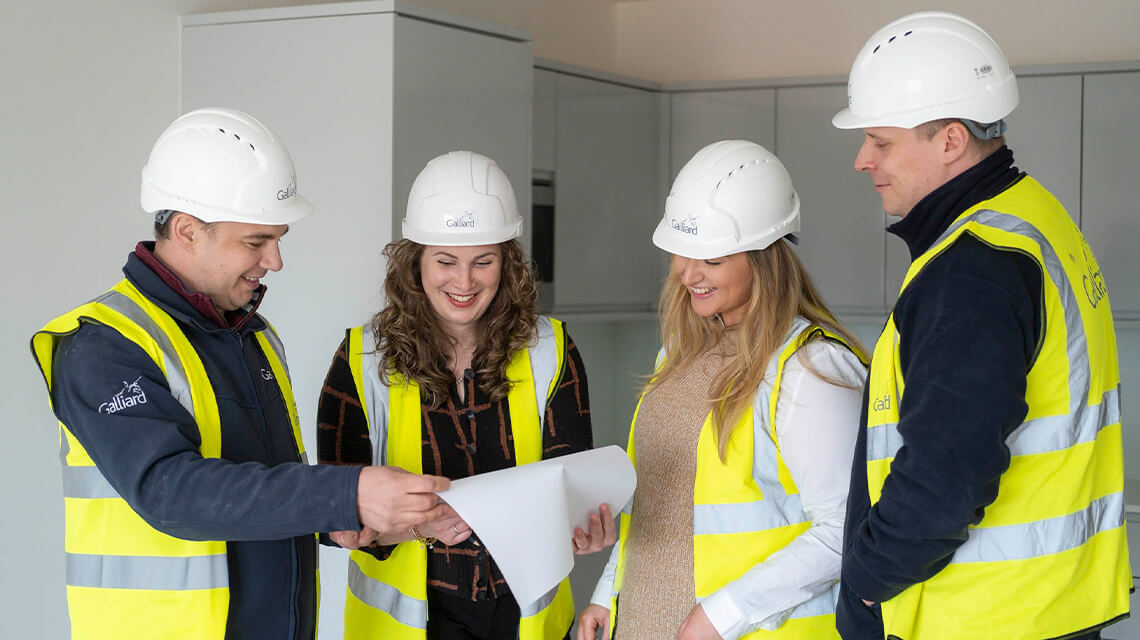Today, the construction industry plays a crucial role by contributing a whopping £92 billion to the UK economy and employing approximately 2.1 million people a year.
Globally, the construction industry is due to grow by approximately 70% by the year 2025, meaning that the industry is going to evolve and change the face of housing and construction as we know it. The long-term goal is to adopt various strategies and policies in order to make the industry more eco-friendly, as well as creating more training and apprenticeships for the future construction workforce.
The 2020 Vision for Construction
Between now and 2020, the Government has many plans to introduce to the world of construction. To ensure that the UK has superlative schools, hospitals and transport links, it has been guaranteed that the Government capital spending will increase over the next few years. The Government also plan to work with the construction industry to support and help them make sure that they meet the demand for 200,000 new jobs by 2020.
In terms of making the UK a greener country, it is essential that we meet the target of reducing our carbon emissions by 80% by 2050. In order to accomplish this, the Government is declaring to invest in infrastructure low in carbon energy, which will therefore help in preserving the environment and help cut down the housing costs for many households.
It has been stated that the housing stock in the UK is the least energy-efficient in the continent and is to blame for approximately 25% carbon emissions per year. This is something that is encouraging change, and together with the support of the Government, the construction industry will strive to make homes in the UK better places to live and save our environment.
The Future of Technology
The construction industry is due to evolve in ways that we never thought possible. Various innovations in the world of construction are under development and will all aim to reduce toxic emissions in the world’s atmosphere, as well as reducing housing and living costs for the general public.
3D printing is something that has already been introduced in various industries and is something that the world of construction is eager to practise. Eventually it will be possible to use 3D printing to build houses and major developments, which will bring countless benefits along with it. The prime advantages of 3D printing will be that different elements of construction will be standardised, in addition to the reduction of transport and delivery costs. It will also be majorly beneficial to the environment as it will eradicate waste and emissions that are caused by construction trucks and other vehicles.
Another exciting innovation that is planned to be introduced in the future is smart roads; this exciting invention is due to drastically change the quality of our environment as it will allow electric cars to recharge on the go. This evolutionary invention will mean that car owners will not have to manually refuel their cars; therefore it will save money and significantly reduce the use of fossil fuels that are toxic to the environment.
Now let’s talk about self-healing concrete - yes you read that correctly - concrete that heals itself. In the future of construction, buildings will be developed with a specially manufactured concrete mix that contains sodium silicate. The reason that this substance is so special is because it has the ability to form a healing agent that is released if the concrete is ever cracked or damaged, which will cut maintenance costs immensely.
It is clear to see that there is an exciting future ahead for the housing and construction industry. The incredible advances in technology will change our environment and quality of life for the better, making the UK a better place to live.
